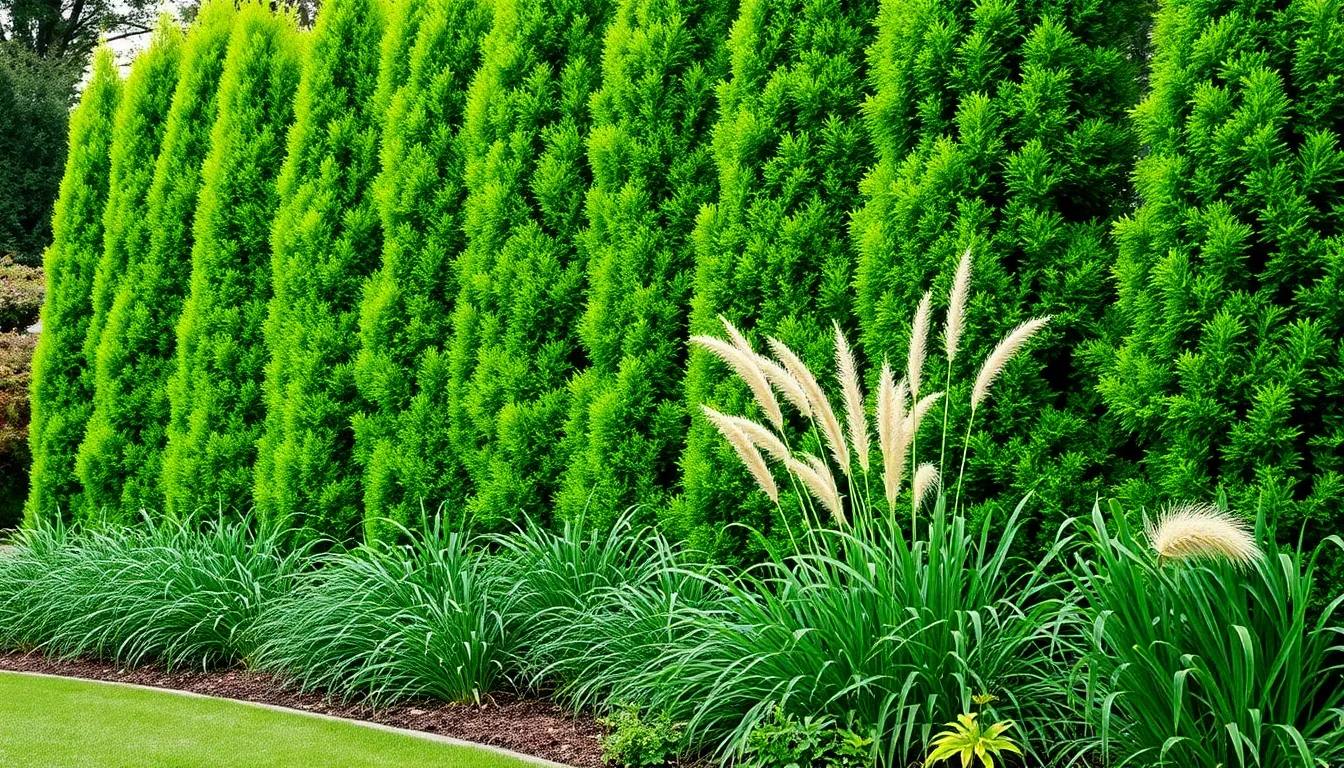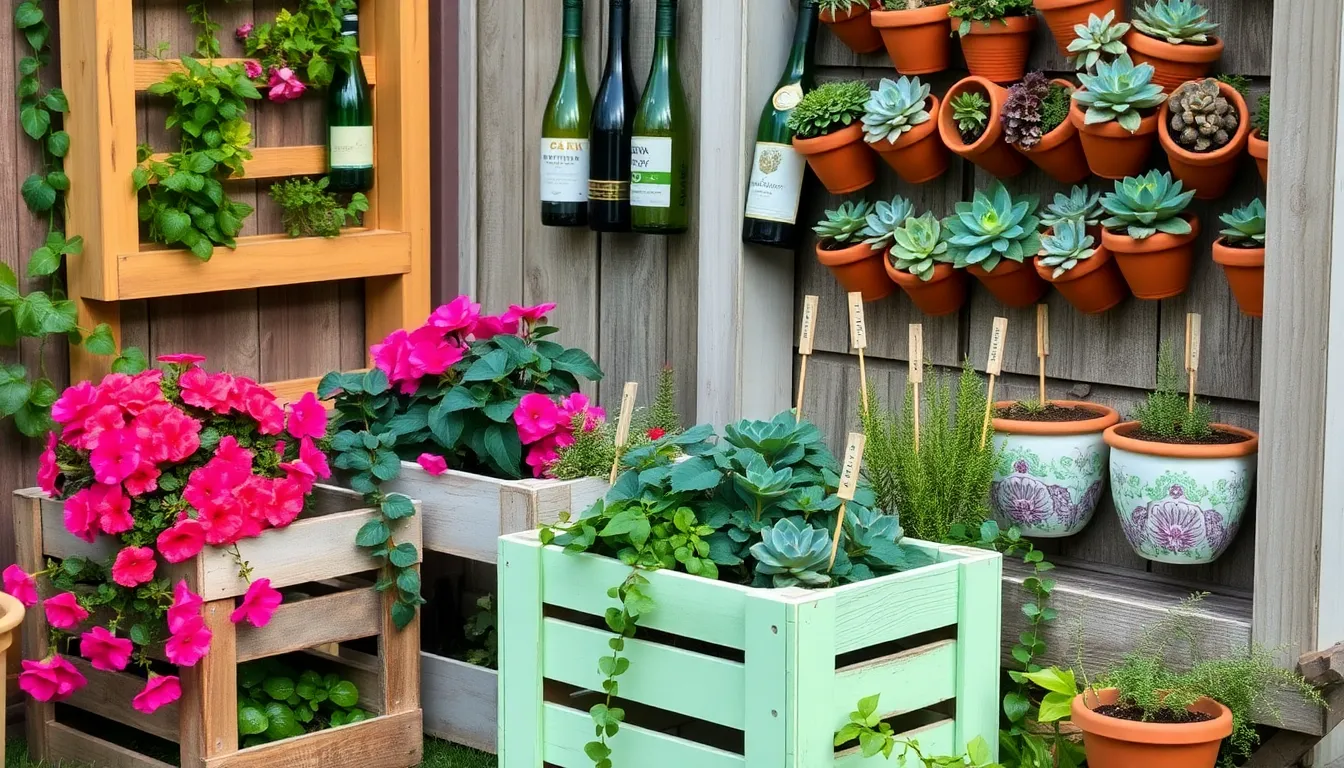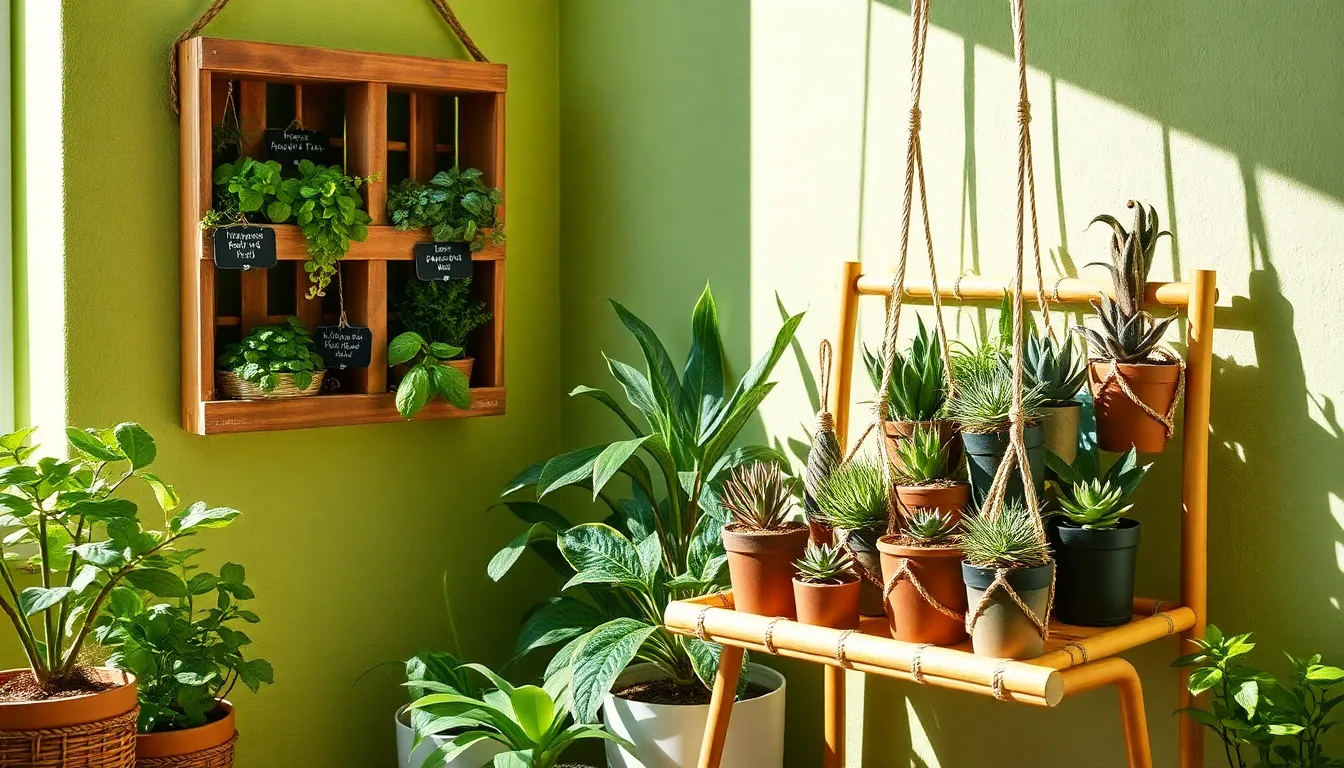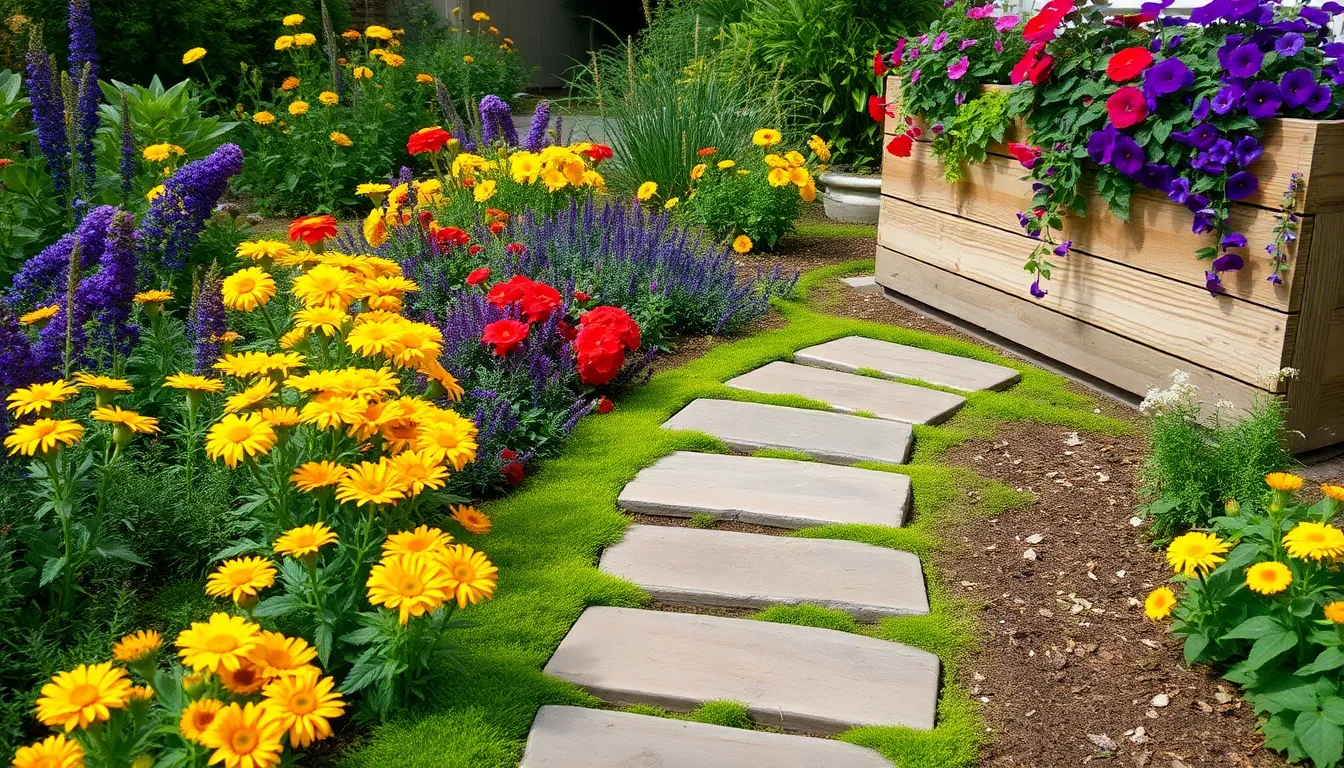Imagine transforming your outdoor space into a lush, private oasis where you can unwind and escape from the world. Whether you’re just beginning your gardening journey or have already mastered the art of cultivating green spaces, choosing the right plants for privacy can create a serene sanctuary tailored just for you. This guide is brimming with expert advice and plant selections that promise to shield your backyard with natural beauty, turning your gardening dreams into reality.
With so many options available, finding the perfect plants for privacy might seem daunting, but fear not—this guide is here to help you every step of the way. From fast-growing hedges to elegant climbing vines, you’ll discover a variety of plants that not only enhance your garden’s aesthetics but also provide practical benefits like noise reduction and improved air quality. Dive into the joy of gardening with confidence, knowing that each plant recommendation comes with tried-and-true techniques to ensure your success.
Bamboo Varieties (Fast-Growing Privacy Screen)
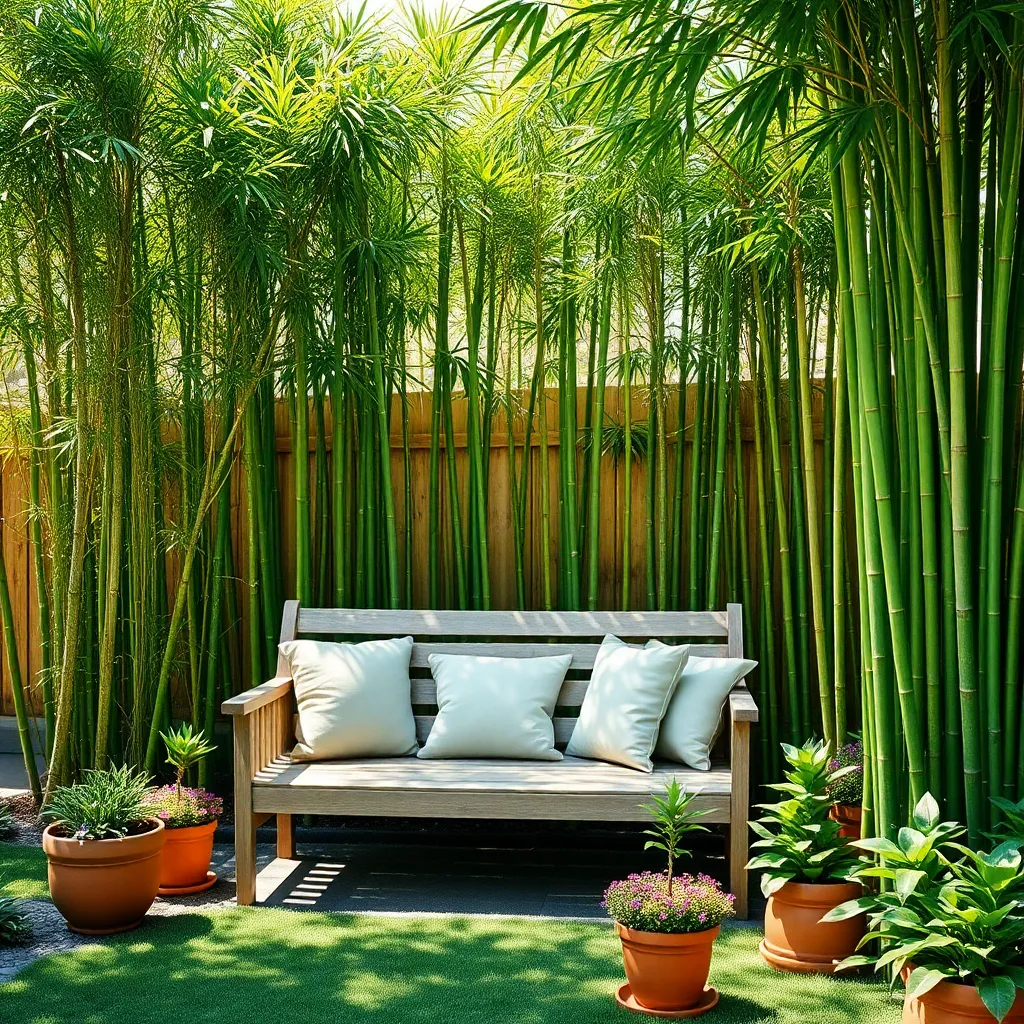
Bamboo is an excellent choice for creating a fast-growing privacy screen in your backyard. With its dense foliage and rapid growth, it can transform an open space into a secluded retreat in no time.
One popular variety for privacy screens is the Golden Bamboo (Phyllostachys aurea), which thrives in USDA zones 6-10. It prefers well-drained, loamy soil and requires regular watering, especially during dry spells, to maintain its vigorous growth.
Another excellent option is the Fargesia robusta, a clumping bamboo that is non-invasive and ideal for smaller yards. This variety grows best in partial shade and appreciates a layer of mulch to retain moisture and protect its roots from extreme temperatures.
When planting bamboo for privacy, consider spacing the plants 3 to 5 feet apart to encourage a dense screen. Regular pruning and thinning of older canes can help maintain the health and aesthetic appeal of your bamboo screen, promoting new growth and preventing overcrowding.
Evergreen Hedges (Year-Round Coverage)
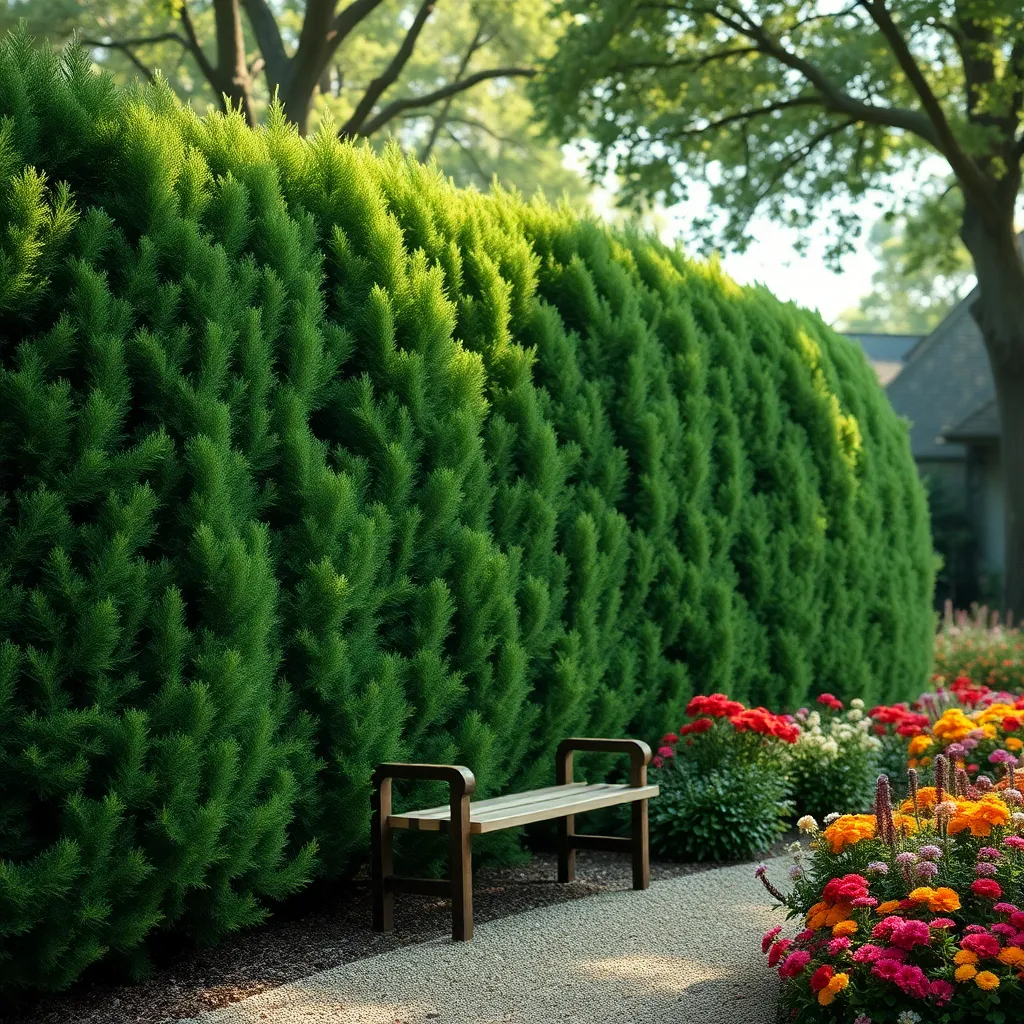
Evergreen hedges provide consistent privacy and beauty throughout the year, making them a popular choice for backyard boundaries. They are ideal for gardeners looking to create a lush, natural screen that remains vibrant even in winter.
To ensure optimal growth, plant evergreen hedges in well-drained soil with access to full or partial sunlight. Regular watering during the first year helps establish strong roots, but once mature, these plants often require less frequent watering.
For beginners, starting with varieties like Boxwood, Privet, or Holly can be rewarding, as they are generally low-maintenance. Pruning is essential for maintaining shape and density, best done in late winter or early spring before new growth begins.
Experienced gardeners might explore more challenging species such as Yew or Thuja, which offer unique textures and colors. To enhance growth, consider applying a balanced slow-release fertilizer in early spring and again in mid-summer.
Climbing Roses (Vertical Growth for Tight Spaces)
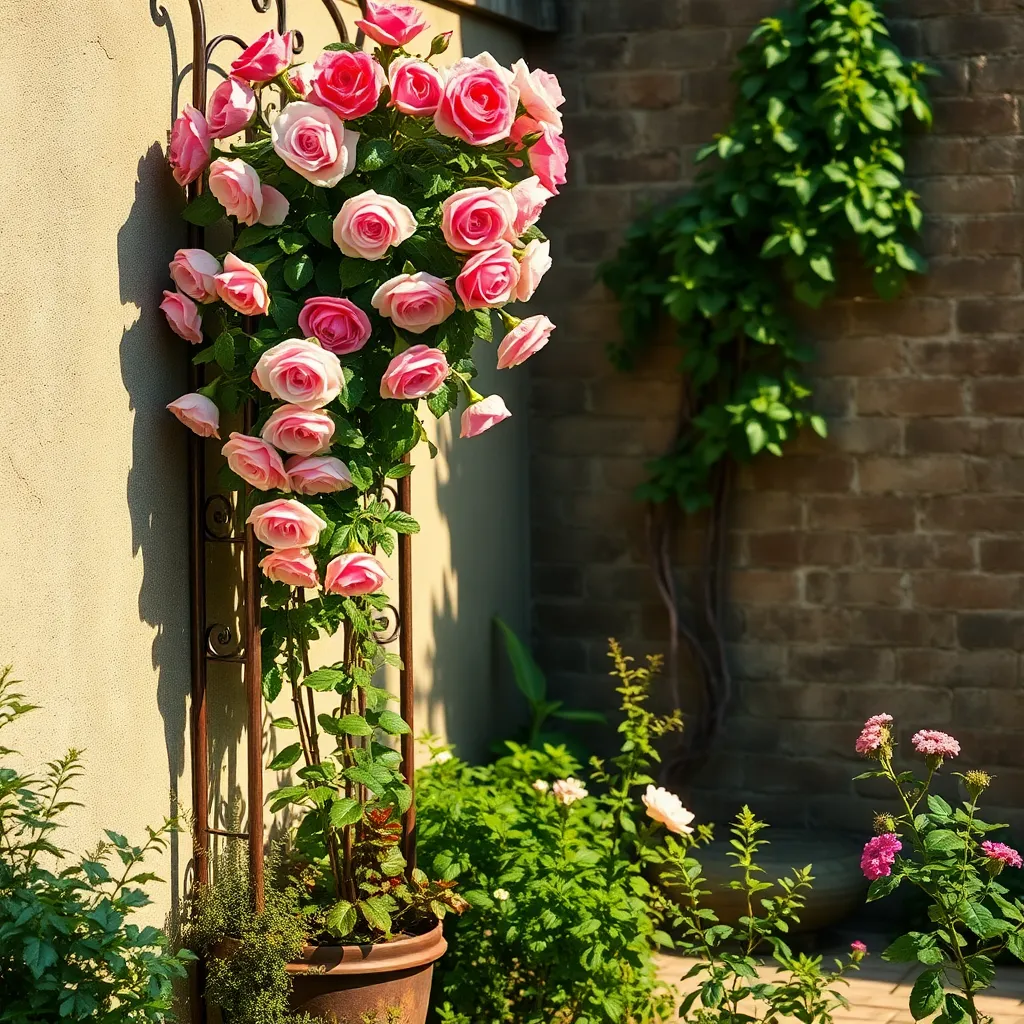
Climbing roses offer a beautiful solution for creating privacy in tight spaces by utilizing vertical growth. These roses can be trained to grow on trellises, fences, or pergolas, making them perfect for small yards.
To ensure healthy growth, plant climbing roses in a spot where they receive at least six hours of sunlight daily. It’s vital to use well-draining soil, enriched with organic compost, to promote robust blooms.
Water climbing roses deeply once a week, ensuring the soil remains moist but not waterlogged. During the growing season, applying a balanced fertilizer every 6-8 weeks will support their flowering and overall vigor.
For beginners, selecting disease-resistant varieties like ‘Zephirine Drouhin’ or ‘New Dawn’ can simplify care. Experienced gardeners might experiment with advanced pruning techniques to shape and train the roses for optimal coverage.
Arborvitae Trees (Dense Foliage for Sound Barrier)
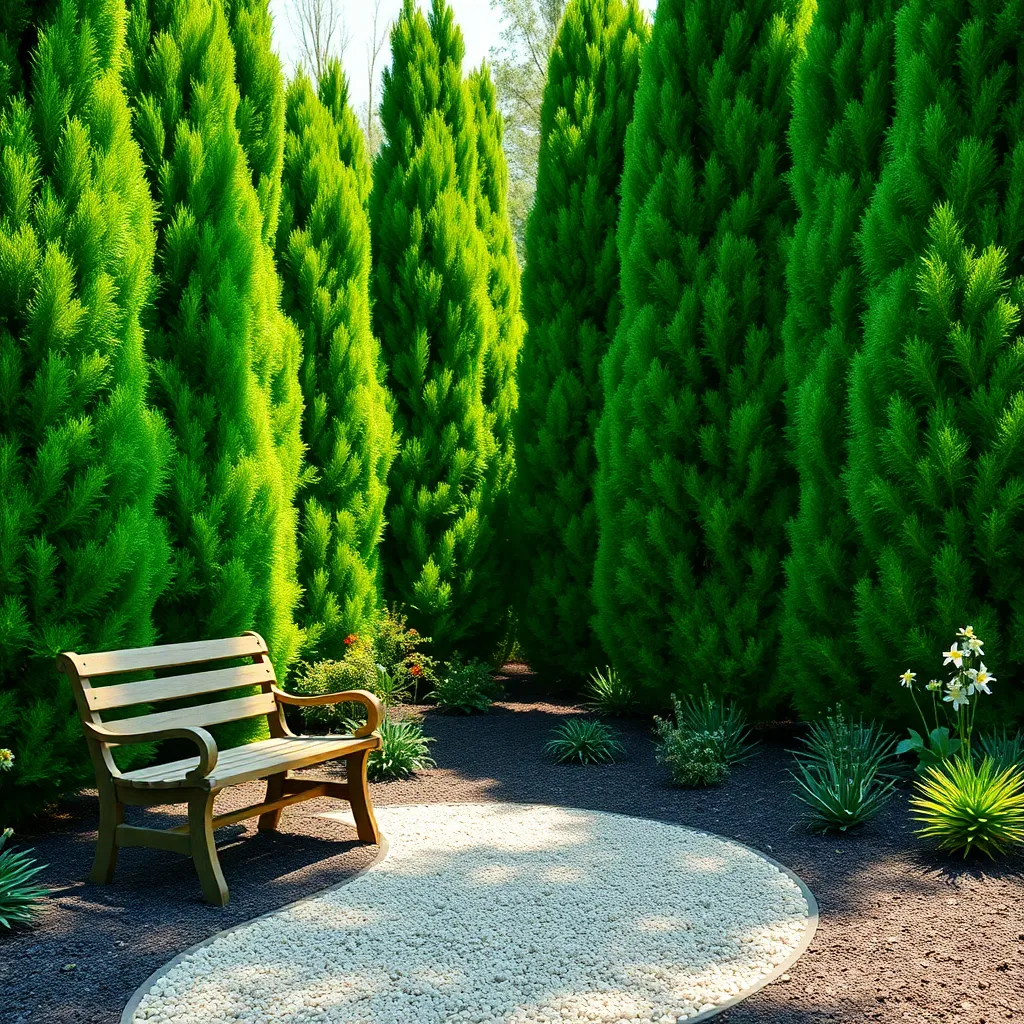
Arborvitae trees are an excellent choice for creating a natural sound barrier due to their dense foliage. These evergreen trees grow compactly and can reach heights of up to 30 feet, making them perfect for privacy and noise reduction.
When planting arborvitae, choose a location with full to partial sun exposure to ensure optimal growth. It’s important to space them about 2 to 3 feet apart to allow for healthy development and to form a continuous hedge.
Soil preparation is crucial for arborvitae, as they thrive in well-draining, slightly acidic to neutral soils. Consider amending your soil with compost or peat moss to enhance its nutrient content and drainage capabilities.
Watering is essential, especially during the first year after planting to establish a strong root system. Aim to provide deep, infrequent watering, allowing the soil to dry slightly between sessions to prevent root rot.
Trellis Panels (Support for Climbing Plants)
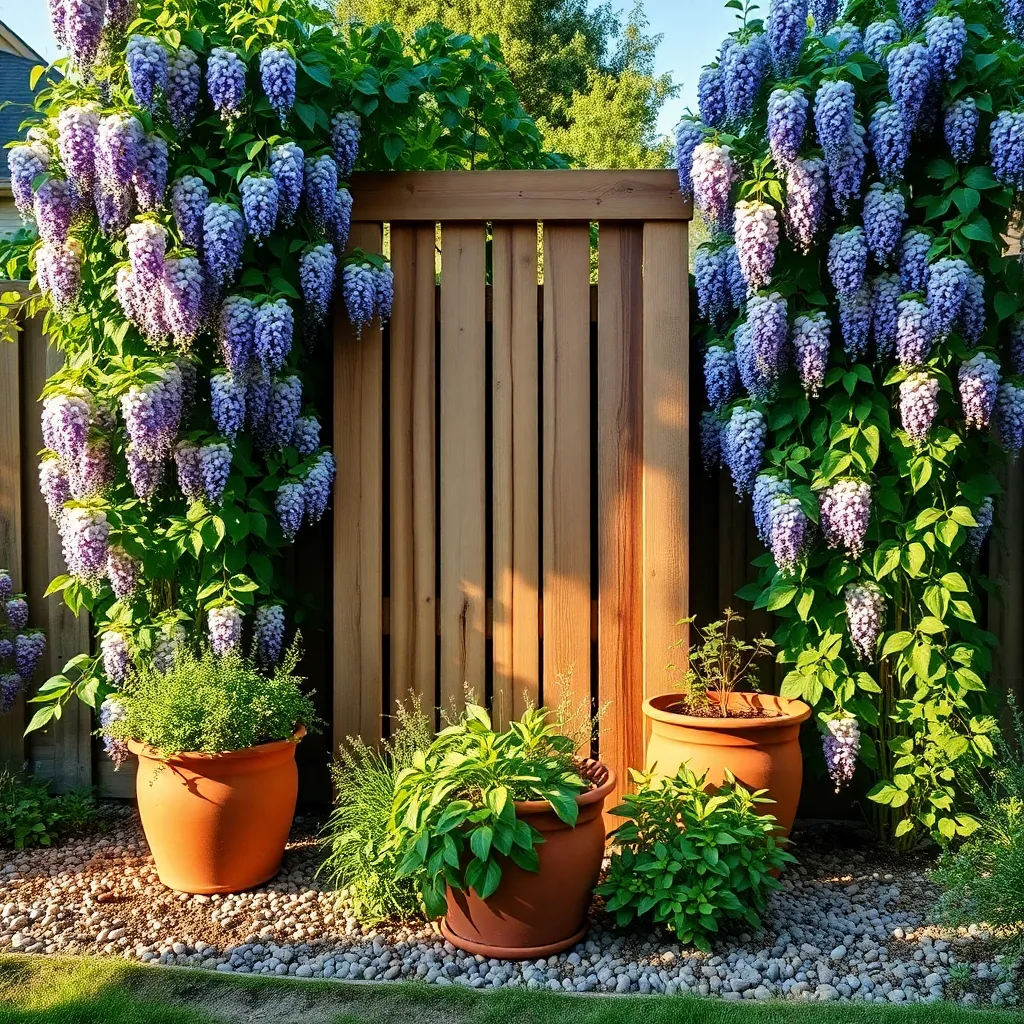
Adding a trellis panel to your backyard can transform it into a lush, private sanctuary. These structures not only provide essential support for climbing plants but also enhance vertical growth, maximizing your space.
When selecting plants for your trellis, choose varieties that naturally twine or have tendrils, such as clematis, jasmine, or climbing roses. Ensure proper planting conditions by using well-draining soil and positioning the trellis where it receives adequate sunlight.
For beginners, start by planting your chosen climbers approximately 12 inches away from the base of the trellis to allow roots space to grow. Regular watering is crucial in the initial stages, so aim to keep the soil consistently moist but not waterlogged.
Advanced gardeners can experiment with interplanting different climbers to create a vibrant tapestry of foliage and blooms. Train the plants regularly by gently tying them to the trellis with soft garden ties, promoting a well-distributed coverage.
Conclusion: Growing Success with These Plants
In conclusion, cultivating a private sanctuary in your backyard can significantly enhance the intimacy and tranquility of your home environment. The five key concepts we explored—choosing versatile evergreens, incorporating flowering shrubs, utilizing fast-growing hedges, optimizing space with vertical gardens, and balancing aesthetics with functionality—serve as foundational elements in creating a personal paradise. These strategies not only offer privacy but also foster a nurturing setting where relationships can thrive.
As an actionable next step, take a moment to assess your current backyard layout and identify which of these plant options can best meet your privacy needs while complementing your aesthetic preferences. By doing so, you are investing in a space that supports deeper connections and shared moments with loved ones.
Remember to bookmark this article for easy reference as you embark on your journey toward a more harmonious home environment. With thoughtful planning and execution, your backyard can become a cherished retreat that strengthens your personal relationships, offering a haven of peace and privacy. Here’s to your ongoing relationship success and the creation of spaces that nurture love and togetherness!

